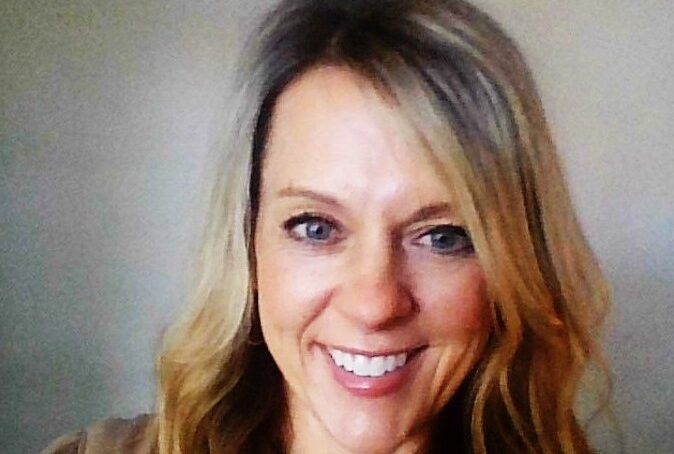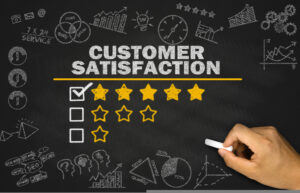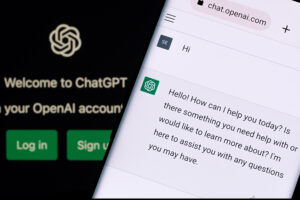What do you do at MAi?
“My roles are to identify and develop new business opportunities, as well as cultivate long-term relationships with our existing clients.”
What are some questions new clients will ask you often?
“For them, it’s understanding who we are, what we do in terms of research, and why we are different. They want to know why they should do business with us.”
How is MAi different from a research standpoint?
“My first response is always the smart, talented people who work here. But If I dig a little deeper, it’s really that we are incredibly creative. The idea of custom research is something MAi embodies.
“When a client has a particularly challenging business question, and they don’t know what to do, they come to us, and we help them come up with a creative solution. Rob Pascale, our President, is particularly good at this.
“We’re so willing to be nimble, creative, and flexible… something not all big research companies are willing or able to do.”
You provide insights and the answers to the business questions, instead of just a pile of data. How do you make that happen?
“In the past, the idea was to provide as much data as possible, produce a 150-page comprehensive deck, and give the client all the numbers to prove the value of the research. But that’s not what the client wants anymore. Rather, they want a story and the numbers to support it. It’s our job now to take the time to write the “short letter”, make it visual and actionable, and provide the relevant data behind it.
Do you manage your accounts throughout the whole research project?
“I’m involved with the initial discussions, identifying the best approach to their business question, pricing the study, designing the study, figuring out the timing, and then ideally, I bring it to our project team and they move it through field to report production.
“Along the way my job is to keep touchpoints with the client. Even after I hand the job off to the project team, I’m still very involved in moving it through the shop. I want to make sure I know what’s going on with the business, and what’s going on with the research and look for more opportunities to step in and ensure we are meeting and exceeding the client’s expectations (now and down the road).
“If a client comes on board and they’re used to seeing me, I want them to know that I’m still involved and I’m still available to them, so they have consistency through the project.”
What makes a client/supplier relationship work?
“I think there are always tried-and-true ways to make a relationship work like getting to know them on a personal level, understanding their business, and demonstrating a genuine passion for their success.
“Beyond these basics, we talk a lot internally about figuring out how to make their lives easier. Our clients have so much going on. What do they need to make their job easier and make them look smarter? Ideally, we want to be seen as an extension of their team; a partner who is ready with the numbers, the story, and the insights they need to have in hand to make their critical business decision.
“Building a trusting, long-term relationship is also being able to admit when we make a mistake. It doesn’t happen often, but I think demonstrating that we will acknowledge the mistake and figure out how to make it better speaks volumes to our credibility and trust. Clients can feel good about the data and know that we are always looking out for what is best for them.
When you provide the research what tells you that it was a success?
“Two things:
“The ultimate measure of success is when I see the research we’ve done actually hit the market. I’ll see a package we tested hit the shelves, an ad that we screened on TV, or a new product launching on Instagram or in a magazine. I’ll stop and point it out to my boys. Seeing it come to life, is like checking the box, we nailed it.
“Another way I measure our success is when we are presenting the research to the whole team including sales, marketing, CEOs, and CFOs. They tend to be harsher judges of the research. I think you can tell if the research is a success by watching their reactions to your presentation. Are they asking questions and taking it in? What kinds of questions are they asking? That is key. When they start asking questions about what kind of action can be taken, I think “okay they get it. They’re going to do something with our research.”
How do you turn someone on to the results of the research when they don’t seem to be invested in it”
“I’d ask them some questions. Probe into their concerns, and then try to provide information in a way so they can understand what we’re saying or find out what they’re not understanding. So much of it is communication. We have such a rich data set that if the question is there and it’s not being answered in what we provided, most of the time it’s somewhere in the data. We can provide that information in an actionable and digestible way.
“In many cases, we as researchers are challenged to present complex topics. Being “smart” is being able to convey a very complex topic in a very digestible way. If it’s done right, it demonstrates you know your research and your audience.”
What do you do to blow off steam?
“I have a couple of geeky habits. I’m a huge crossword puzzle fan and an avid historical fiction reader. Thank goodness I have two teenage sons who try to keep me cool. Football and bench pressing are the hot topics in my house. I also try to go to Pilates, hot yoga, or Orange Theory at least 5 times a week to keep my head clear and manage stress.”
Kristen is an integral member of the team at MAi. She is not only a team member for MAi Research but she is a partner to all of the clients with whom she works. To get in touch with Kristen, go to our homepage and enter your information there.










